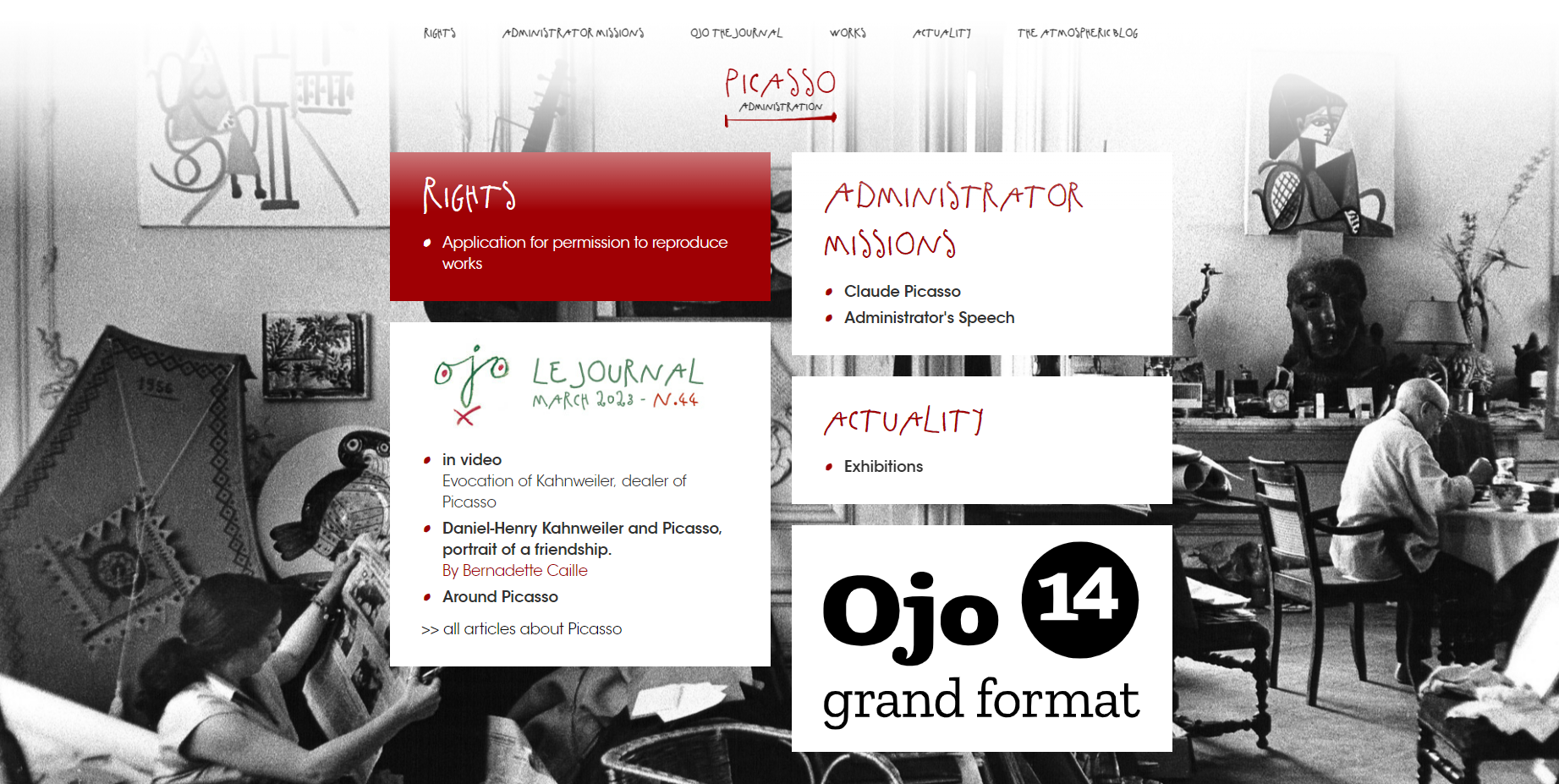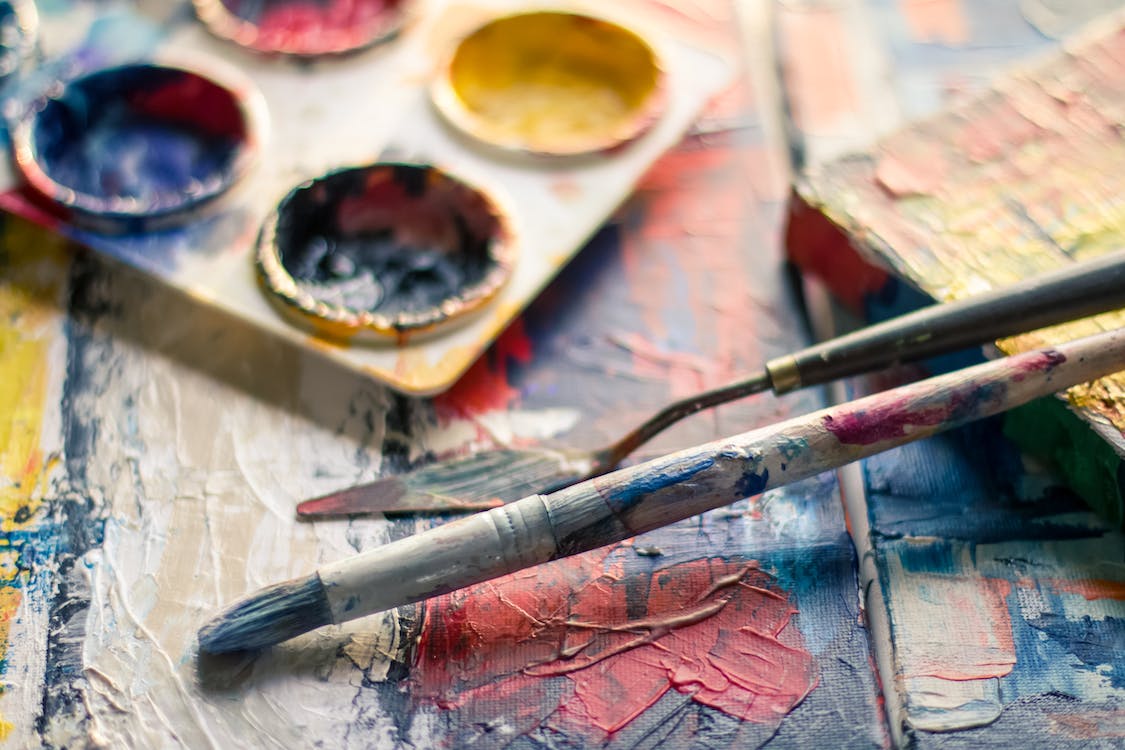Pablo Ruiz Picasso, a founder of the cubist movement, remains one of the most influential artists of the 20th century. His revolutionary artistic accomplishments have made him one of the best-known figures in 20th-century art.
His work and name are widely reproduced and used for commercial and promotional purposes, often without authorisation from the IP rights owners. You can find Picasso’s art on souvenirs, garments, postcards, web pages, and many other different places where his name and/or work can be applied.
When Pablo Picasso died, he left five heirs who formed a joint ownership “Succession Picasso” (also called “Indivision Picasso”). This foundation, established and regulated under French law, has become the sole owner of all IP rights and interests in the work and the name of Pablo Picasso.
Succession Picasso tackles with various IP issues, including copyright1 and trade mark2 infringements, unauthorised uses of Picasso's name and likeness, and parasitism. But how does the management of Picasso’s IPR work?

Succession Picasso is managed by a Legal Administrator, Picasso's son Claude Ruiz Picasso, who has the authority to authorise (or prohibit) the use of the works, name, and likeness of Pablo Picasso. He has established a company, the Picasso Administration, which can act for and on behalf of Succession Picasso and handles the requests for the use of the works, the likeness, and/or the name of Picasso either directly or indirectly via its representatives abroad.
It should be noted that IP rights are distinct from the ownership of the works. Succession Picasso is the sole owner of the IP rights attached to the works of Pablo Picasso, whether those works belong to members of the family, museums, or private owners. One key issue is the prevention of counterfeiting; it is believed that 50% of the art available on the market are fakes. Succession Picasso invests time and money in securing the art market, preventing fakes, and fighting with counterfeit products.
As a business model, earnings from IPR exploitation are utilised to cover the high costs of securing the art market, granting loans of original artworks for them to be seen in public exhibitions, securing high-quality reproduction materials, providing accurate information and sources, and fighting counterfeited works and forgeries. Furthermore, Succession Picasso also deals with websites and art databanks that offer copies of original artworks or artworks presented as original which are actually
fake.
To use related IP rights to Picasso's work, individuals must request authorisation from the Picasso Administration. Unauthorised use constitutes a civil tort and a criminal offense under the French Intellectual Property Code. The Legal Affairs staff at the Picasso Administration emphasises that reproductions must respect the integrity of the original work, in line with the artist's moral rights.
1Editor’s note: In the EU, the commercial rights (e.g. reproduction, distribution) in copyright protection lasts 70 years after the life of the author (Picasso died in 1973). However, note that the moral rights of the artist (e.g. integrity, attribution) may still continue depending on the national legislation.
2Editor’s note: In the EU, trademark protection lasts 10 years counting from the filing date of the trademark application, but it can be renewed illimitably each time for another 10 years.
This best practice example is an edited version and has been summarised from its original text developed by the Learn-IP project, an EU co-funded project under the Erasmus+ programme, which aims to provide IP information and training for the Cultural heritage and cultural tourism sector. You can find the full case study and Learn-IP’s other inspiring best practice examples here.









